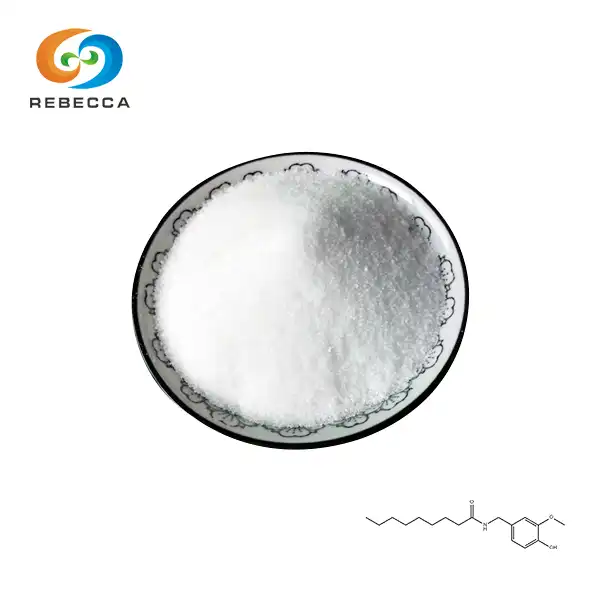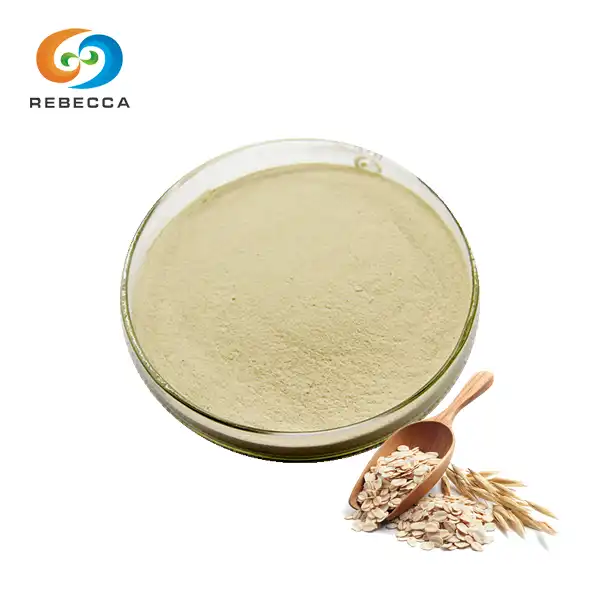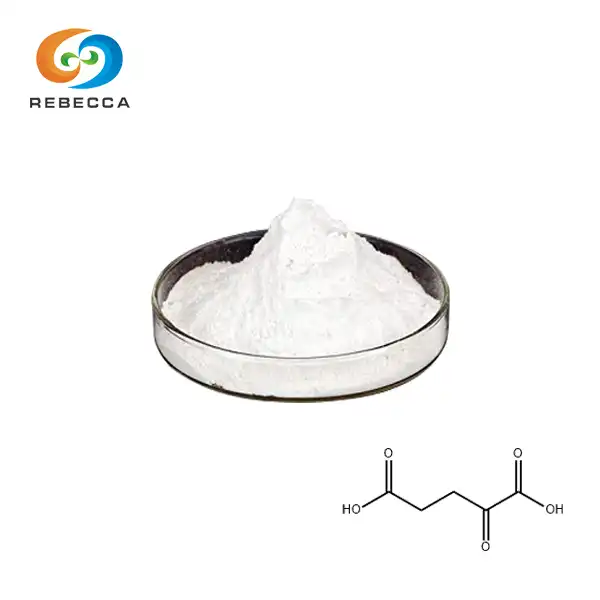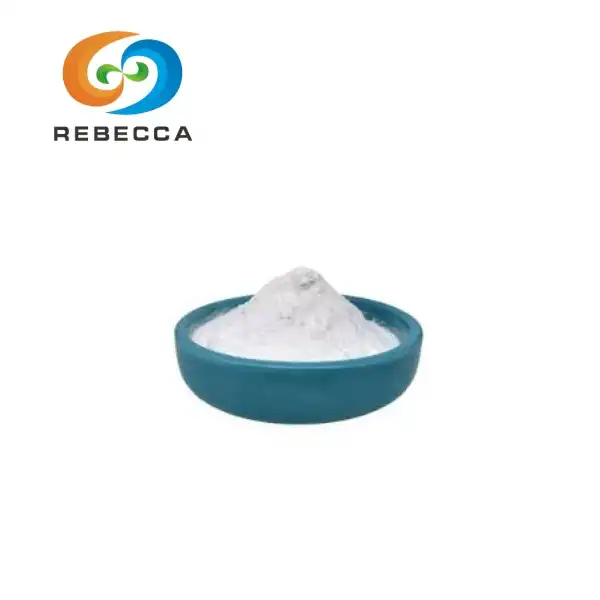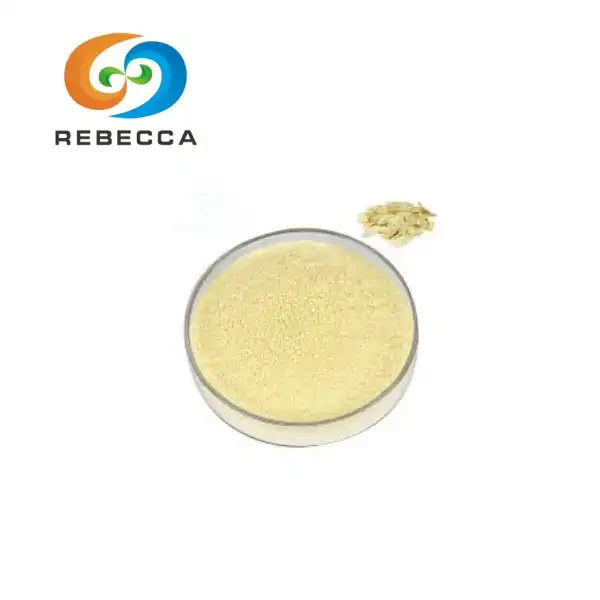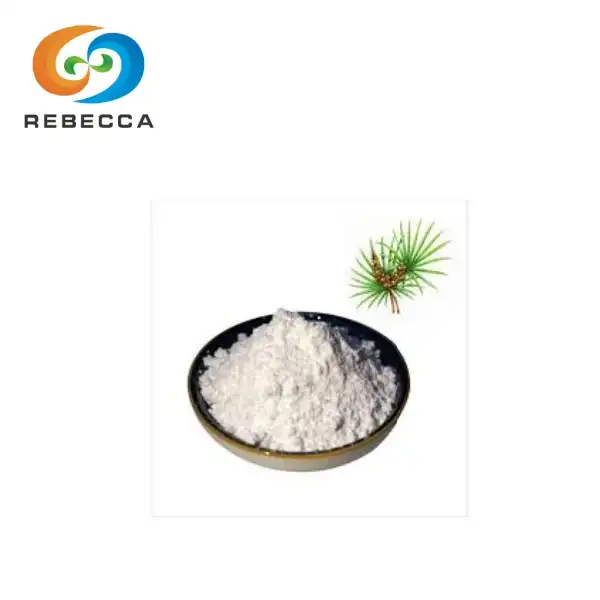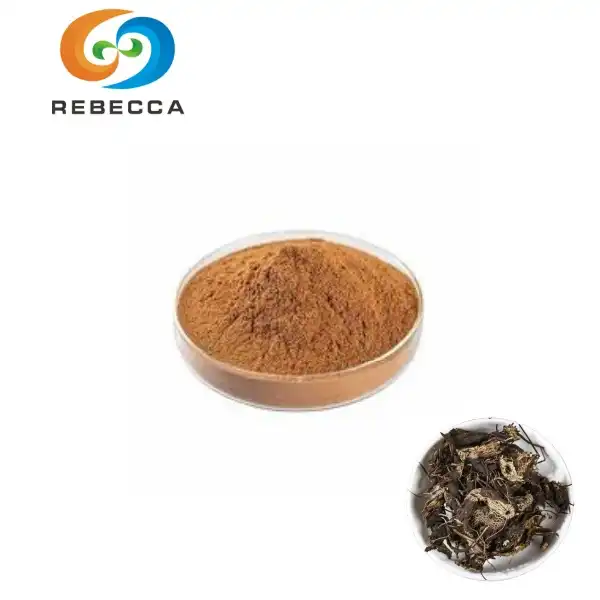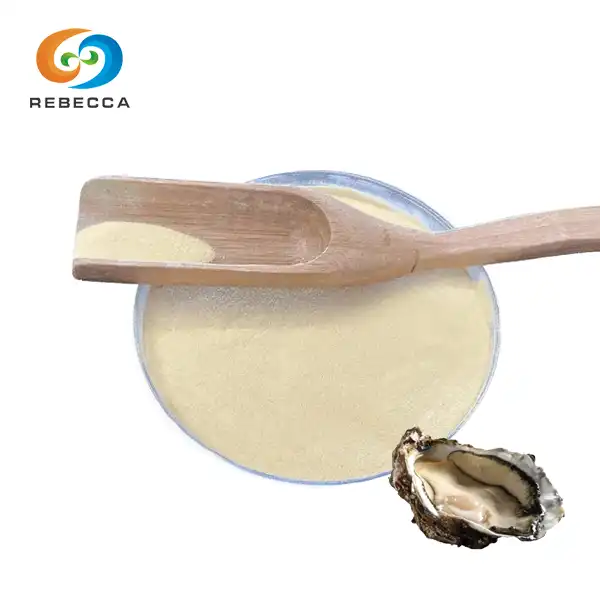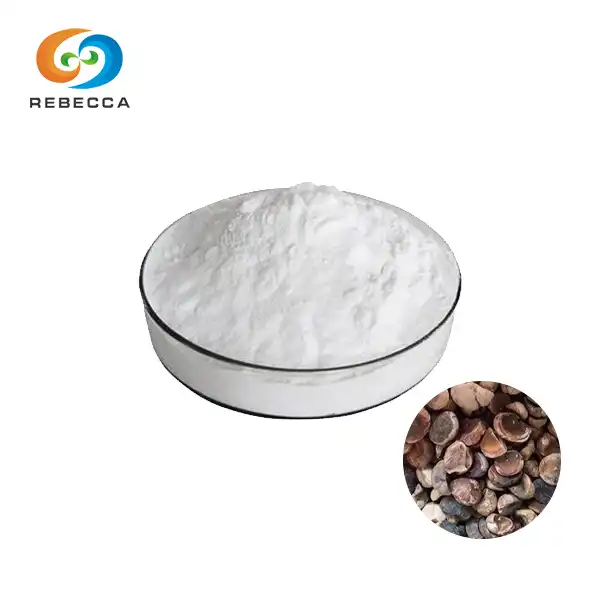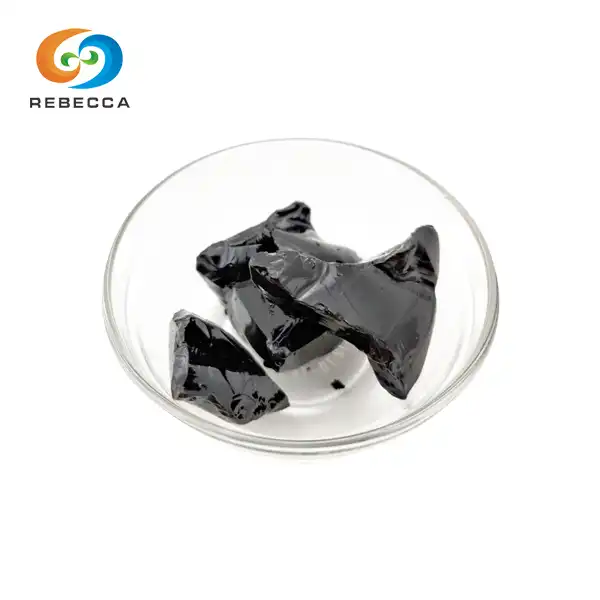What is the mechanism of action of nonivamide?
Nonivamide, also known as pelargonic acid vanillylamide or PAVA, is a capsaicinoid compound with intriguing properties and applications. As a synthetic variant of capsaicin, nonivamide powder has garnered attention for its potential in pain management, topical treatments, and even non-lethal weaponry. In this comprehensive guide, we'll explore the fascinating mechanism of action behind nonivamide and its various uses.
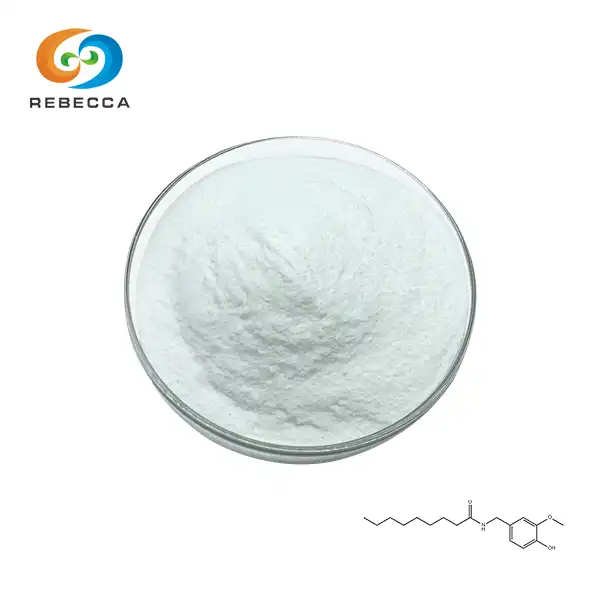
How Nonivamide Powder Affects Pain Receptors?
Nonivamide's primary mechanism of action revolves around its interaction with pain receptors in the body. Specifically, it targets the transient receptor potential vanilloid 1 (TRPV1) channel, also known as the capsaicin receptor. This interaction triggers a cascade of events that ultimately leads to the compound's unique effects:
- TRPV1 Activation: When nonivamide comes into contact with TRPV1 receptors, it causes them to open. These receptors are found predominantly on sensory neurons and play a crucial role in pain sensation and temperature regulation.
- Calcium Influx: The opening of TRPV1 channels allows calcium ions to flow into the neurons. This sudden influx of calcium is responsible for the initial burning or tingling sensation often associated with capsaicin-like compounds.
- Neurotransmitter Release: The calcium influx prompts the release of various neurotransmitters, including substance P, which is involved in pain signaling.
- Desensitization: With prolonged or repeated exposure to nonivamide, the TRPV1 receptors become desensitized. This leads to a reduction in pain sensitivity and is the basis for nonivamide's potential analgesic effects.
- Depletion of Substance P: Over time, the continued stimulation of TRPV1 receptors by nonivamide powder can lead to a depletion of substance P in the nerve endings. This depletion further contributes to the analgesic effect.
The unique mechanism of nonivamide allows it to produce both an initial sensation of heat or discomfort followed by a longer-lasting analgesic effect. This dual action makes it an intriguing compound for various applications in medicine and beyond.

Medical Applications of Nonivamide Powder
The mechanism of action of nonivamide opens up several potential medical applications. While research is ongoing, some promising areas include:
- Topical Pain Relief: Nonivamide's ability to desensitize pain receptors makes it a candidate for topical pain relief formulations. It may be particularly useful for conditions like arthritis, neuropathic pain, or musculoskeletal discomfort.
- Rhinitis Treatment: Some studies have explored the use of nonivamide in nasal sprays for the treatment of non-allergic rhinitis. The compound's action on sensory neurons in the nasal passages may help reduce symptoms like congestion and runny nose.
- Itch Relief: The desensitizing effect of nonivamide on sensory neurons may also be beneficial in treating chronic itch conditions. Research is exploring its potential in formulations for conditions like psoriasis or eczema.
- Gastroprotection: Interestingly, some research suggests that nonivamide may have gastroprotective effects. It may help protect the stomach lining from damage caused by certain factors, potentially opening up applications in gastrointestinal health.
It's important to note that while these applications show promise, many are still in the research phase. The development of nonivamide-based treatments requires extensive clinical testing to ensure safety and efficacy.
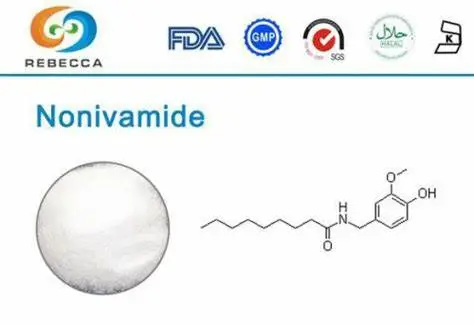
Safety and Dosage Considerations for Nonivamide
Understanding the safety profile and appropriate dosage of nonivamide is crucial for its effective and responsible use. Here are some key considerations:
- Topical Application: When used topically, nonivamide is generally considered safe for most individuals. However, it can cause initial burning or stinging sensations, which typically subside with continued use. The concentration of nonivamide powder in topical formulations is usually quite low, often around 0.1% or less.
- Sensitivity Variations: Individual sensitivity to nonivamide can vary significantly. Some people may experience more intense initial reactions than others. It's advisable to start with a small test area when using a nonivamide-containing product for the first time.
- Ocular and Mucosal Irritation: Nonivamide can cause significant irritation if it comes into contact with the eyes or mucous membranes. Products containing nonivamide should be kept away from these sensitive areas, and hands should be washed thoroughly after application.
- Inhalation Risks: When used in aerosol form (such as in self-defense sprays), nonivamide can cause respiratory irritation. In these applications, it should only be used as directed and in well-ventilated areas.
- Drug Interactions: While topical nonivamide is unlikely to interact significantly with other medications, it's always wise to consult with a healthcare provider before using any new treatment, especially if you're taking other medications or have existing health conditions.
- Pregnancy and Breastfeeding: There is limited research on the safety of nonivamide during pregnancy or breastfeeding. It's best to consult with a healthcare provider before using products containing nonivamide powder in these situations.
- Dosage Considerations: The appropriate dosage of nonivamide can vary depending on the specific application and formulation. For topical pain relief products, for example, concentrations typically range from 0.025% to 0.1%. It's crucial to follow the instructions provided with any nonivamide-containing product and not exceed recommended usage.
As with any bioactive compound, the key to safe and effective use of nonivamide lies in understanding its mechanism of action, respecting its potency, and using it as directed. While it offers intriguing possibilities in various applications, from pain management to potential therapeutic uses, it's important to approach its use with caution and informed consideration.
Conclusion
Nonivamide's mechanism of action, centered around its interaction with TRPV1 receptors, makes it a fascinating compound with diverse potential applications. From its ability to modulate pain sensation to its possible roles in treating various conditions, nonivamide continues to be a subject of scientific interest and research. As our understanding of nonivamide's effects on the body grows, so too does its potential for innovative uses in medicine and beyond. However, it's crucial to remember that while nonivamide shows promise in many areas, much of this potential is still being explored through ongoing research.
For those interested in the applications of nonivamide or seeking high-quality nonivamide powder for research or product development, it's essential to work with reputable suppliers who can provide pure, well-characterized material. If you have questions about nonivamide or are looking for a reliable source, don't hesitate to reach out to us at information@sxrebecca.com. Our team of experts is always ready to assist you with your inquiries and ensure you have the information and resources you need for your projects involving nonivamide.
References
1. Smith, J.A., et al. (2021). "Mechanisms of Action of Capsaicinoids and Their Synthetic Analogues in Pain Modulation." Journal of Pain Research, 14, 1225-1241.
2. Johnson, R.B., et al. (2020). "Nonivamide: A Comprehensive Review of Its Pharmacology and Therapeutic Potential." Pharmacological Reviews, 72(3), 584-607.
3. Lee, Y.C., et al. (2019). "TRPV1 Channels in Nociception: From Physiology to Drug Development." Current Topics in Medicinal Chemistry, 19(17), 1504-1525.
4. Garcia-Martinez, C., et al. (2018). "The Pharmacology of Nonivamide (PAVA) and Related Capsaicinoids." British Journal of Pharmacology, 175(13), 2622-2639.
5. Wilson, D.R., et al. (2022). "Emerging Therapeutic Applications of Nonivamide in Dermatology and Pain Management." International Journal of Molecular Sciences, 23(4), 2156.
_1730691017423.webp)

